Combining soft skills with hard science can be learned

One of the hottest topics at a recent summit for rheumatology fellows wasn’t rheumatoid or psoriatic arthritis, but relationship building.
Advertisement
Cleveland Clinic is a non-profit academic medical center. Advertising on our site helps support our mission. We do not endorse non-Cleveland Clinic products or services. Policy
In the master class he led on communicating with patients, Leonard Calabrese, DO, of Cleveland Clinic’s Department of Rheumatic and Immunologic Diseases, explained how quality healthcare is delivered when providers and patients truly connect.
“I was a little reluctant to attempt a modeling of relationship-building to a group of mostly second-year fellows whom I suspected were looking for hard science at this summit,” he says. “Quite the contrary, the group remained thoroughly engaged, and many commented to me that topics such as ‘how to build relationships in clinical care’ and ‘how to buffer and build our empathy’ are long overdue in rheumatology training.”
Dr. Calabrese explains more about how good communication and connection can be learned — and how rheumatologists should lead the way — in this Healio Rheumatology editorial.
Advertisement
Advertisement
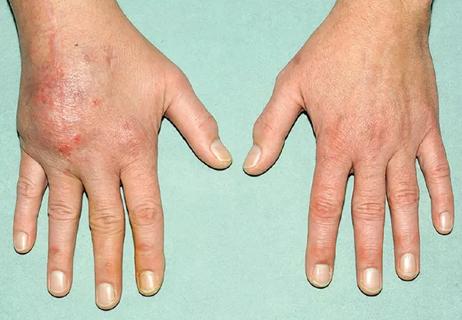
Several factors masked the cause of the patient’s chronic condition
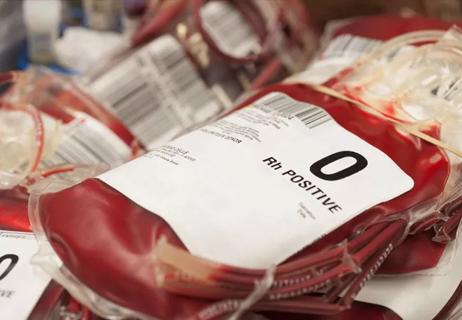
Patient with previous neurological, bone and hematologic involvement presents with hematemesis
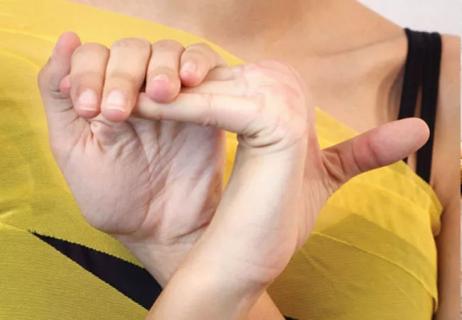
Coordinating care across multiple disciplines
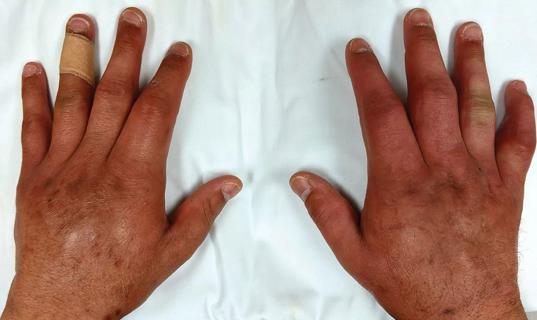
A broad differential diagnosis
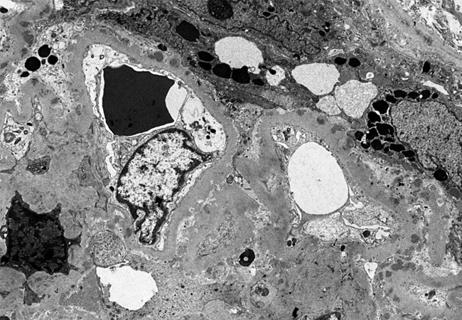
From methotrexate for RA, to the treatment of HIV and multicenter randomized trials, Cleveland Clinic has long been at the forefront in the field of rheumatology

Study examines the acceptance of PROMs in a large series of rheumatology patients
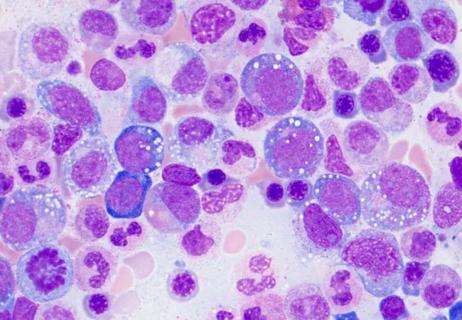
The identification of a novel disorder: the VEXAS syndrome

Varied platforms maximize opportunities for interactive, problem-based learning